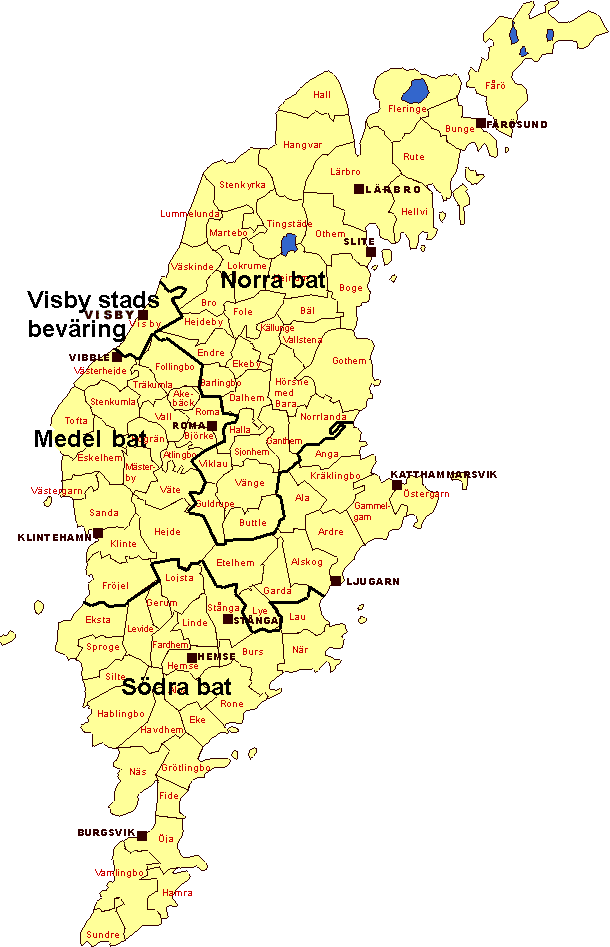 |
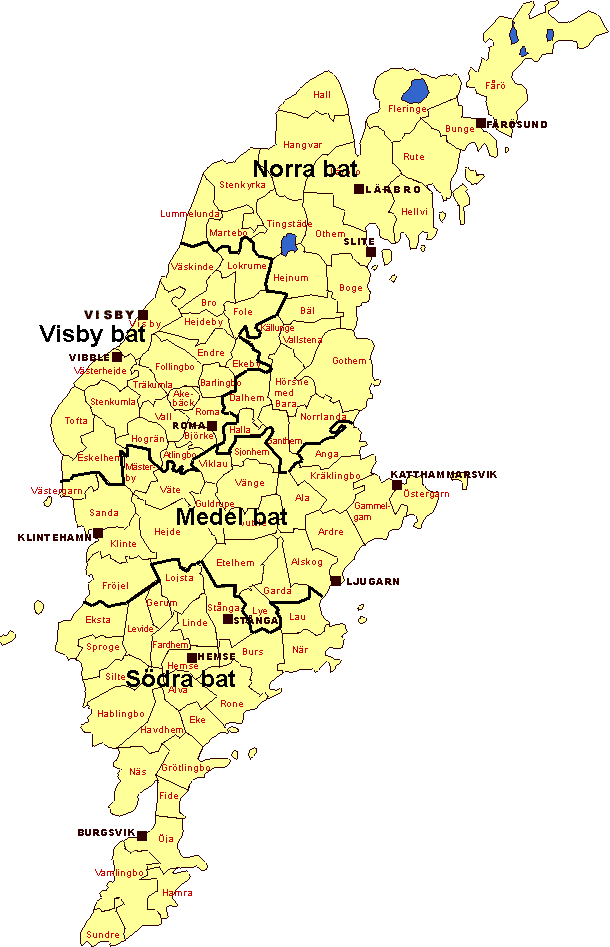 |
| Fig. 1
The Gotland militia 1813 organization |
Fig. 2
The Gotland militia 1861 organization |
Last updated 2012-08-25
© Per Holmbäck
The defence of Gotland was in the medieval period based on summons
to arms. After the invasion of Valdermar Atterdag in 1361 and 350 years
ahead the military control of Gotland was not in the hands of the Gotland
residents.
After Gotland came under Swedish control again in 1645, the defence
duty of the inhabitants was to set up ship crews for the navy. The principle
was to protect the island by control of the East Sea. This was however
not sufficient, and a number of times, a militia was organized.
At the russian invasion 22nd April 1808, when a troop of less than 2000
med landed, the island surrended without resistance. In 14th of May a corps
under command of lieutenant colonel Carl Johan Fleetwood landed,
and the Russians surrended. They could leave the island 18th of May after
giving up their weapons.
Now there was an understanding that a local defence was necessary,
and Fleetwood was assigned to set up two militia battalions. In
the autumn of 1808, 2 battalions of 1000 was organized.
In August 1810 Rudolf Cederström was new military
commander, and before the end of the year conscription was adopted.
In February 5 1811 a convention was accepted that e.g. said that the conscripted men should be divided in 4 corps, jaegers, artillery, infantry and lanceneers. "Gotlands Nationalbeväring" was created !
Early 1811 about 6700 men was conscripted and the officers training
was started in April.
Lennart Reuterskiöld was new military commander in November
1811 but already in August 1812 Carl Fredrik Aschling was new commander..
In 1832 voluntary sharp shooters associations was initiated, some 20
years before the mainland.
In 1892 "1892 års försvarsbeslut" the name was changed to "Gotlands trupper" (Gotland troops).
| Corps (Kår) | companies | men |
| Jaegers (age 15 - 29) | 16 | 2451 |
| Infantry (age 30 - 44) | 20 | 3018 |
| Lanceneers (age 45 - 50) | 7 | 915 |
| Fårö company (consists of all three corps) | 1 | 115 |
| Artillery | 3 | 262 |
| Total | 47 | 6761 |
In 1813 the militia was reorganized so it was possible to set up complete companies with men of all three corps. They were organized in three battalions, "Norra", "Medel" and "Södra" (Northern, Middle and Southern). "Visby Stads" (The city of Visby) militia consists of three companies, one of each corps. (See figure 1)
In 1861 the militia was reorganized again (See figure 2). One of the news was Visby battalion (was presented its flag in 1862) with 7 companies. The military significance of Visby had increased.
From 1st of January 1887 the militia consists of "Gotlands infanteriregemente" (I27) and "Gotlands artillerikår" (A4, from 1893 A7)
In 1892 "1892 års försvarsbeslut" the name was changed
to "Gotlands trupper" (Gotland troops).
 |
 |
| Fig. 1
The Gotland militia 1813 organization |
Fig. 2
The Gotland militia 1861 organization |
In 1853 the militia was assigned a number of musket m/1815. A number of them was modified to percussion, but the majority was not. A couple of hundred "tappgevär" was issued to the sharpshooters.
When the militia was rearmoured in 1867 they received rifle m/1860-67. This is rifle m/1860 (Vrede) modified with the Remington mechanism. 8000 rifles was delivered in 1869, but already in 1867 the first 100 was delivered.
In 1894 the regiment I27 replaced their m/1860-67 with m/1867-89.
In the summer of 1900 I27 got there first 2400 mauser rifles m/1896.
 |
I have seen the marking in two versions, one seen on the Brown Bess and one seen on the m/1815 bayonet. It is possible that the m/1860 bayonets might have been marked, but I have not seen any special marking on these.
| Brown Bess | number ')' battalion number
The figures are 5-6 mm high. |
I.e.. '3 ) S 1279' |
| m/1815 | number battalion number | I.e. '1131 S 5' |
The battalions are as in the following table. (See the map above). This is valid up to 1886. After that there was only 2 battalions on the island.
| N | Northern battalion | Norra Bataljon |
| M | Middle battalion | Medel Bataljon |
| S | Southern battalion | Södra Bataljon |
| V | Visby battalion | Visby Bataljon |
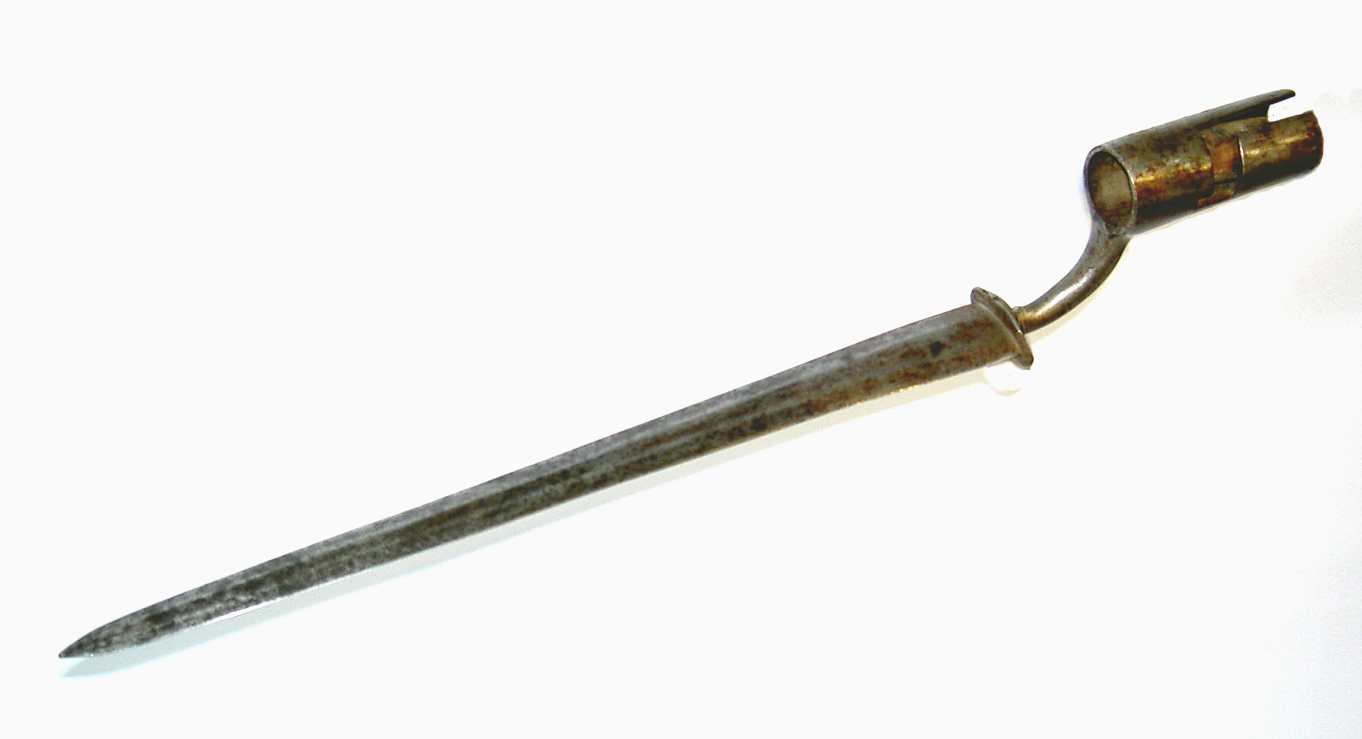 |
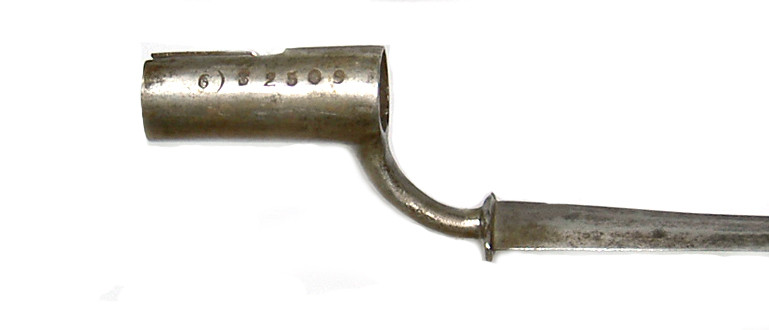 . . |
| Bayonet | The Gotland militia marking. |
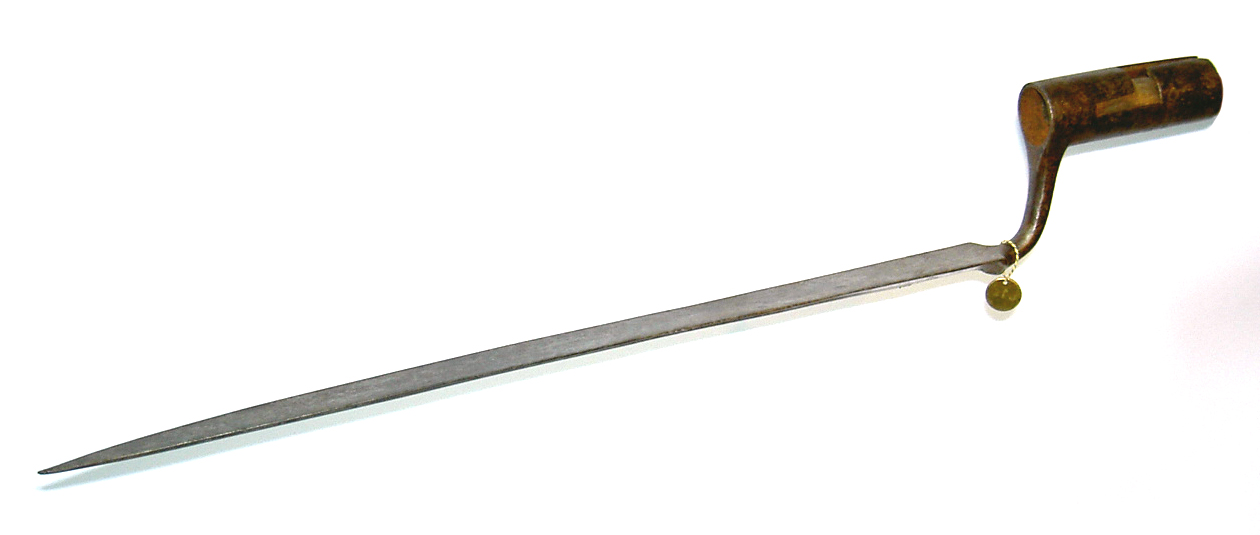 |
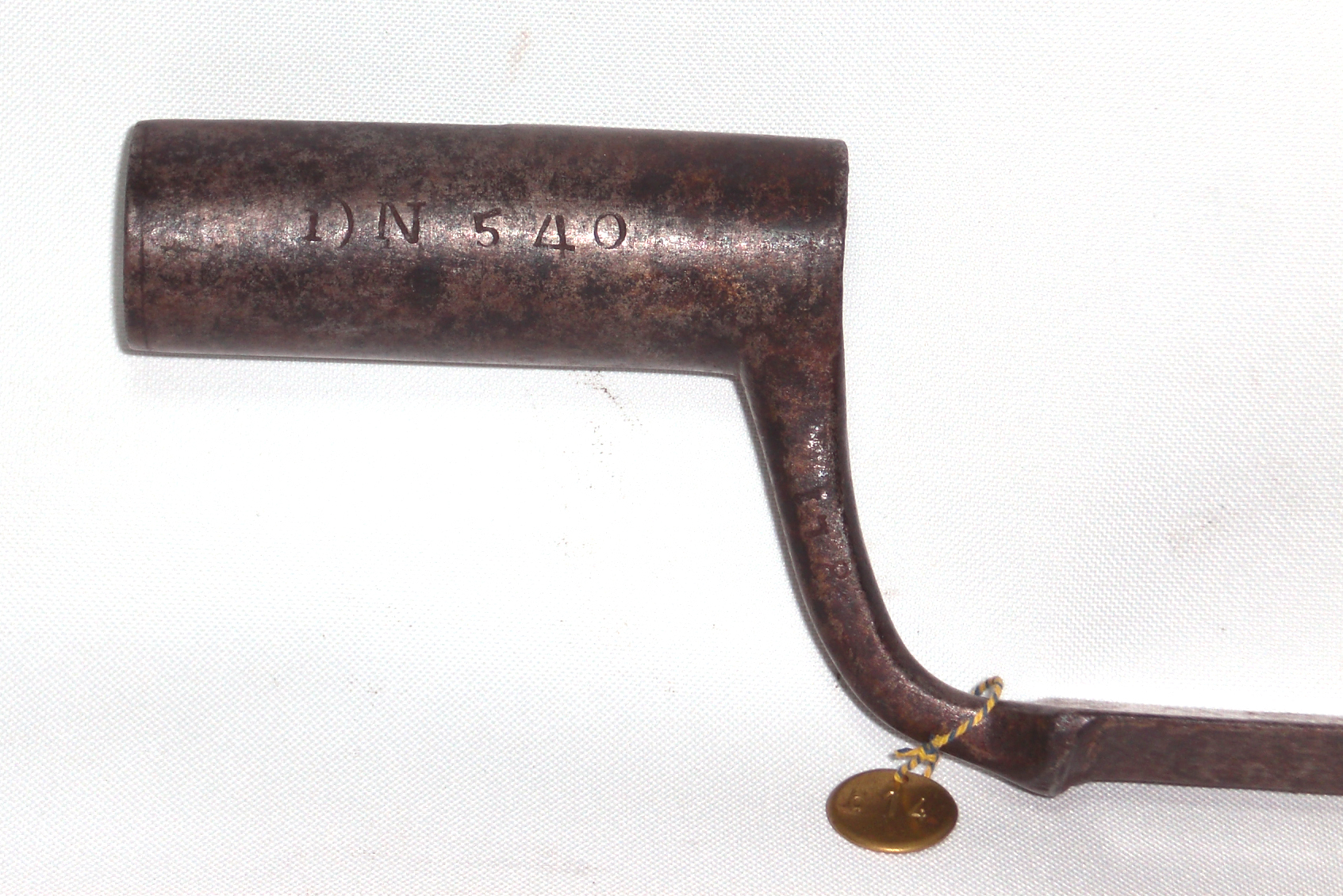 . . |
| Bayonet | The Gotland militia marking. |
 |
 |
| Brown Bess bayonet | The Gotland militia marking. |
 |
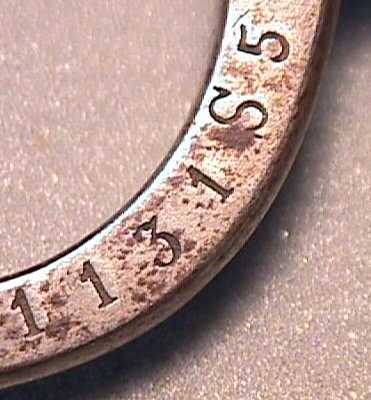 |
| m/1815 | The marking of a Gotland militia issued m/1815 bayonet. |
| [1] | Hammarhjelm, Bengt | "Beredskap på Gotland 175 år 1811 - 1986", ISBN 91-85716-84-7 |
| [2] | Broberg, Kalle | Article in "Bumerangen" #5, 1999. |
| [3] | Alm, Josef | "Armens eldhandvapen förr och nu" |